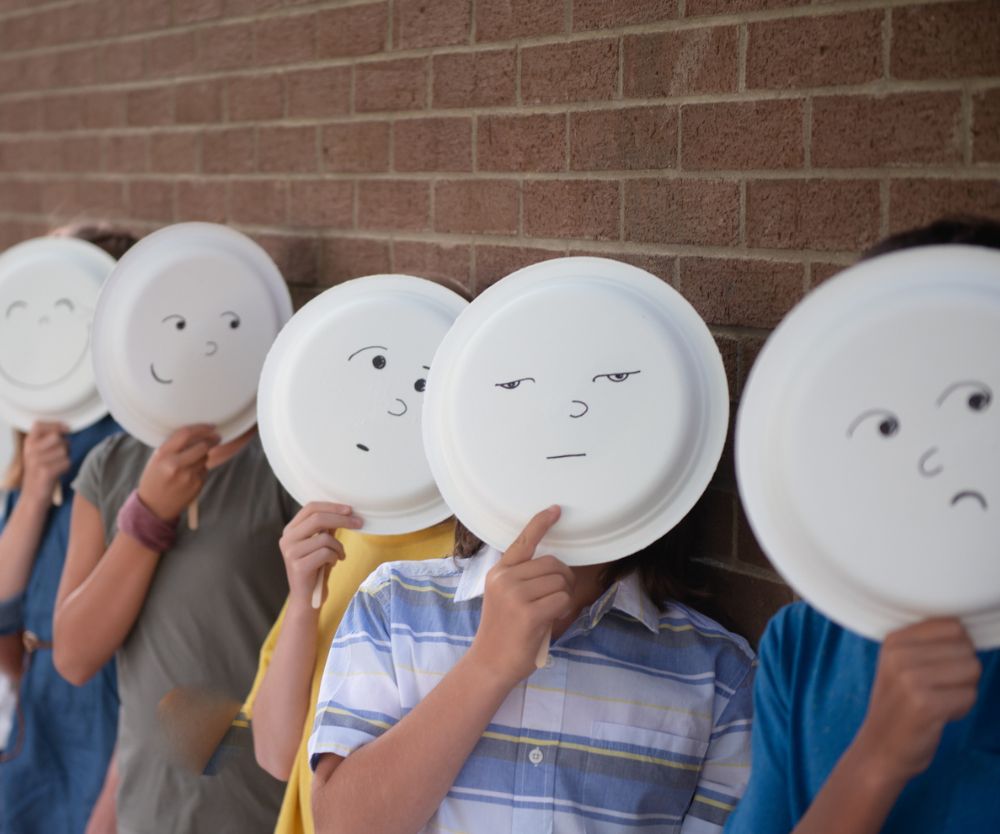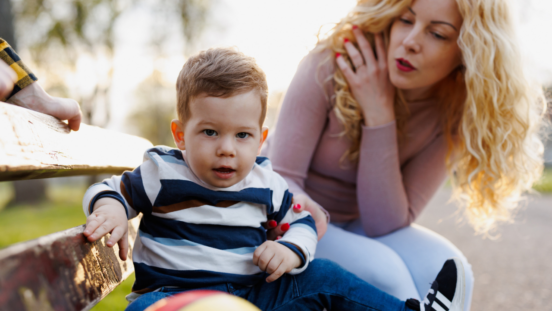When to say NO to your toddler
Behaviour problems with your toddler? Whether it's biting or just general risk-taking, use this guide to create your own no-go boundaries
Toddlers make their feelings known in no uncertain terms, but kids need boundaries – it helps them feel secure when they know who's in charge.
Letting your child know that there are certain kinds of behaviour you won't tolerate is vital – and while it can be hard work teaching your child how to behave, your efforts won't be wasted.
*It's good to say no when… she's in danger *
It's only natural for your child to want to run, jump climb and explore. But if she is doing something risky, stop her – no matter how much fun she is having. You may need to raise your voice, but looking your child in the eye and saying 'no' firmly can often be just as effective.
Younger toddlers who don't understand 'no' may need to be physically removed from hazards. Many parents find it useful to teach little ones words such as 'ouch' or 'hot' to use each time they do something risky.
*It's good to say no when… she's hurting others *
As difficult as it is to imagine, children under three can't see things from another person's perspective, and don't understand, unless you tell them, that things like kicking and biting hurts. All they know is that it makes them feel better when they're angry or frustrated!
It's important to stop her doing it, but acknowledge her anger. Hold her firmly and say something like: 'I know you're angry, but no hitting/biting/kicking because it hurts'. You could also ask her to kiss the hurt better or apologise.
Never hurt your child back just to show her what it feels like – this only teaches her that this behaviour is OK.

Sometimes you just have to say 'no'!
*It's good to say no when… she has a tantrum *
As we all know, telling a child she can't have or do something often ends in a tantrum. When you're tired, it can be difficult to stay calm and hold your ground, but by not giving in, you're more likely to avoid similar tantrums in the future. So stay calm and let the tantrums pass. When she's calmed down and lets you cuddle her, acknowledge her frustration by saying something like 'I can see you're upset', but let her know that the answer is still no.
*It's good to say no when… she wants 'naughty' things *
Giving things to your child is one of the nicest things about being a parent. This is why, whether it's a bag of sweets at the shops or a biscuit before lunch, refusing her can be so hard. There's part of us that doesn't want to say no, and children can pick up on this,but for 'no' to be effective, you have to mean it. Saying maybe or later just lets you're your child keep nagging. If necessary, say 'Let me think for a minute', then decide.
*It's good to say no when… she snatches *
If your toddler wants something, she'll take it – even if it's another child's favourite toy. All you can do is ask her firmly to give it back to you, return it and offer her another one. Distraction is probably the best tactic for young children, but you could explain that everyone has special toys, and that we don't want to make other children cry.
WATCH: Tips for dining out with toddlers. Continues after video …
*Saying no will be easier if you… *
- Agree with your partner and your child's other carers about what's allowed and what isn't.
- Let her have her own way over things that don't matter.
- Phrase things positively. Try saying 'Let's tidy up' rather than 'stop making a mess'.
- Talk firmly and clearly rather than shouting – this only encourages her to shout back.
- Aim for cooperation rather than obedience.
- Never say 'maybe'. Think before deciding whether to say no or yes to your child.
- Don't wait until you're at the end of your tether before saying no. Try to pre-empt any trouble instead.
- Praise good behaviour and give lots of attention and cuddles.




